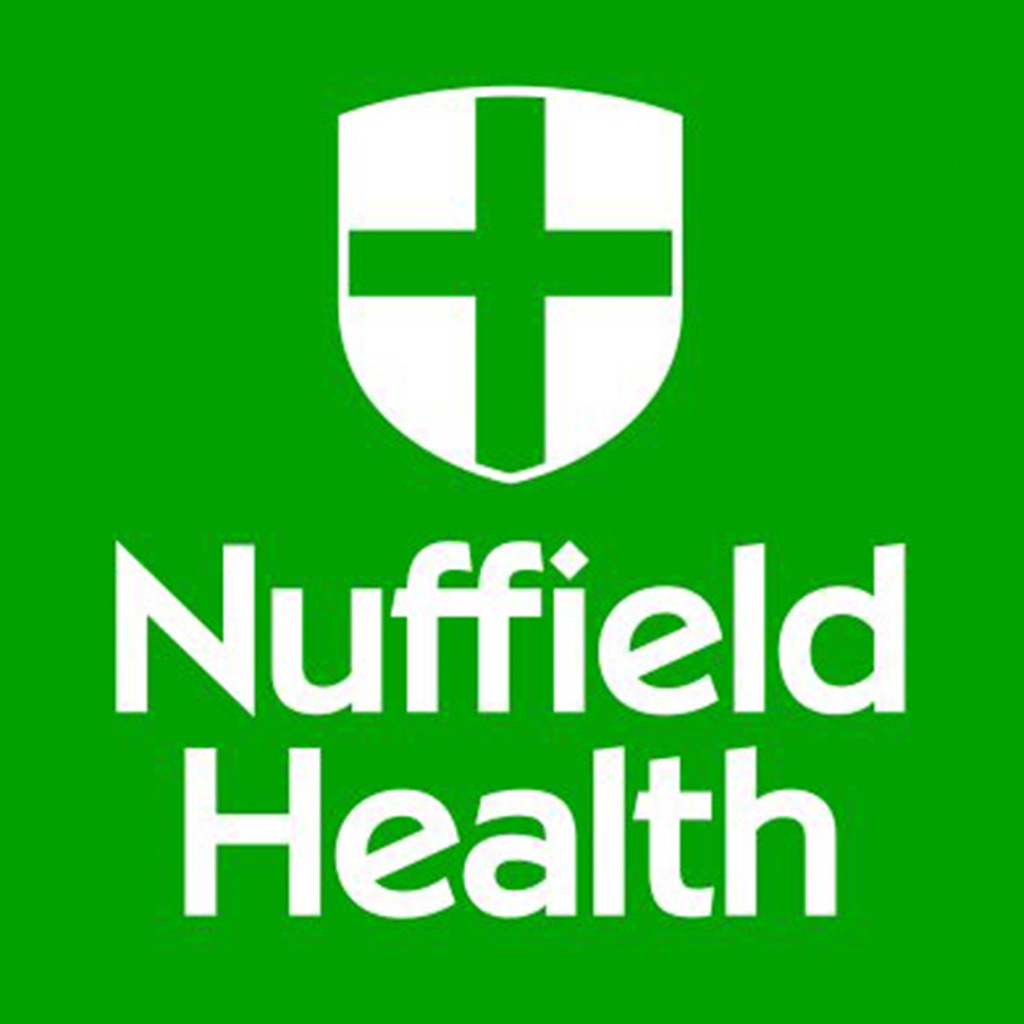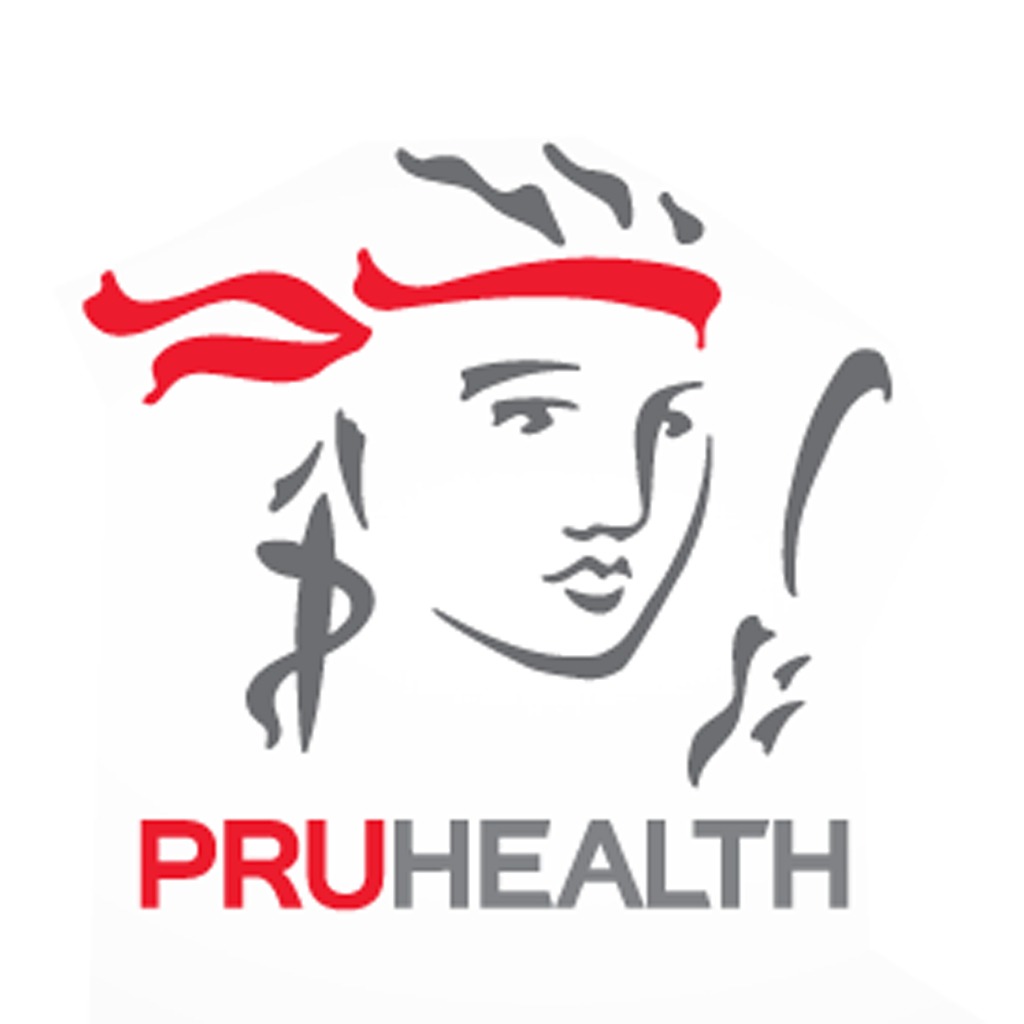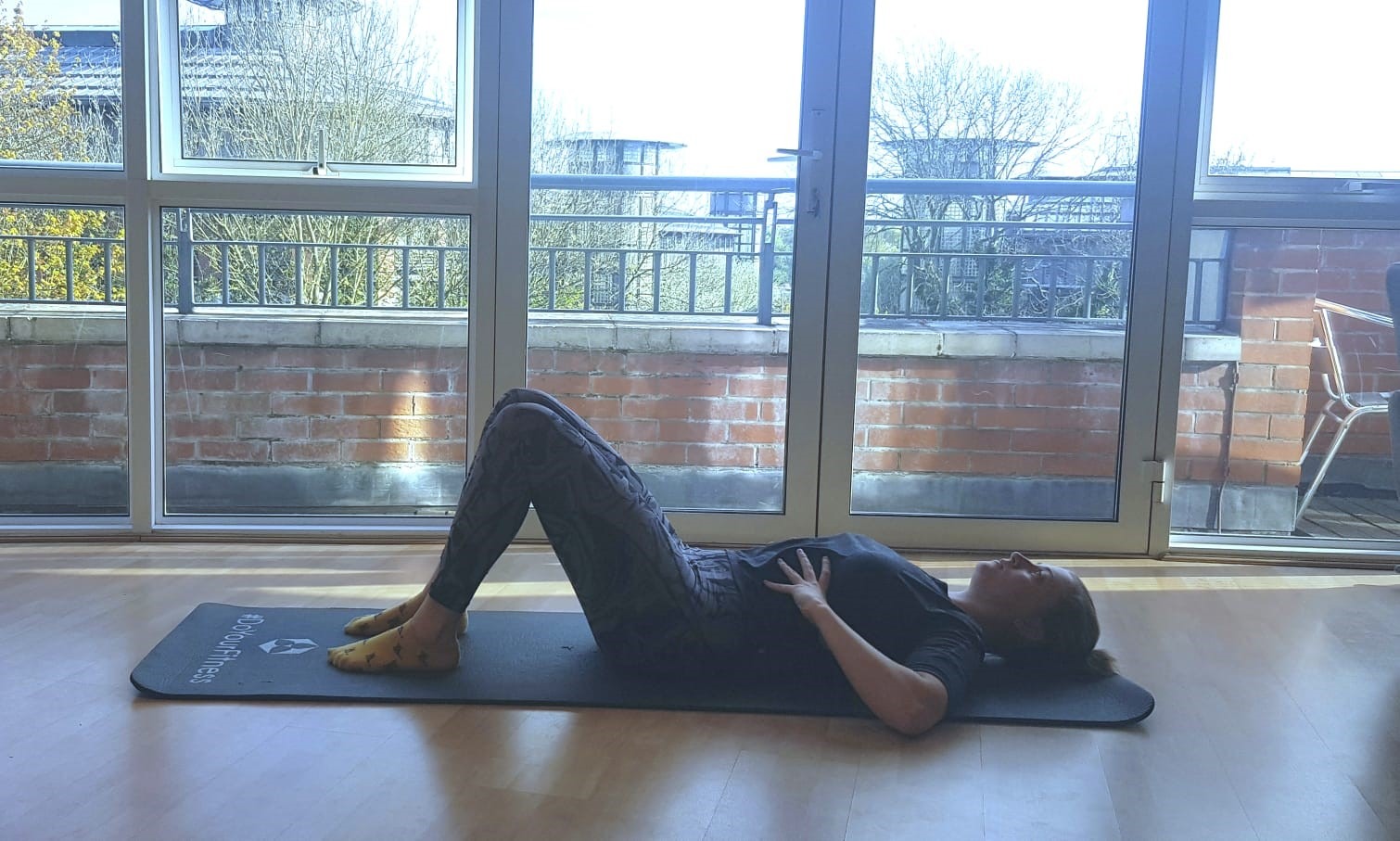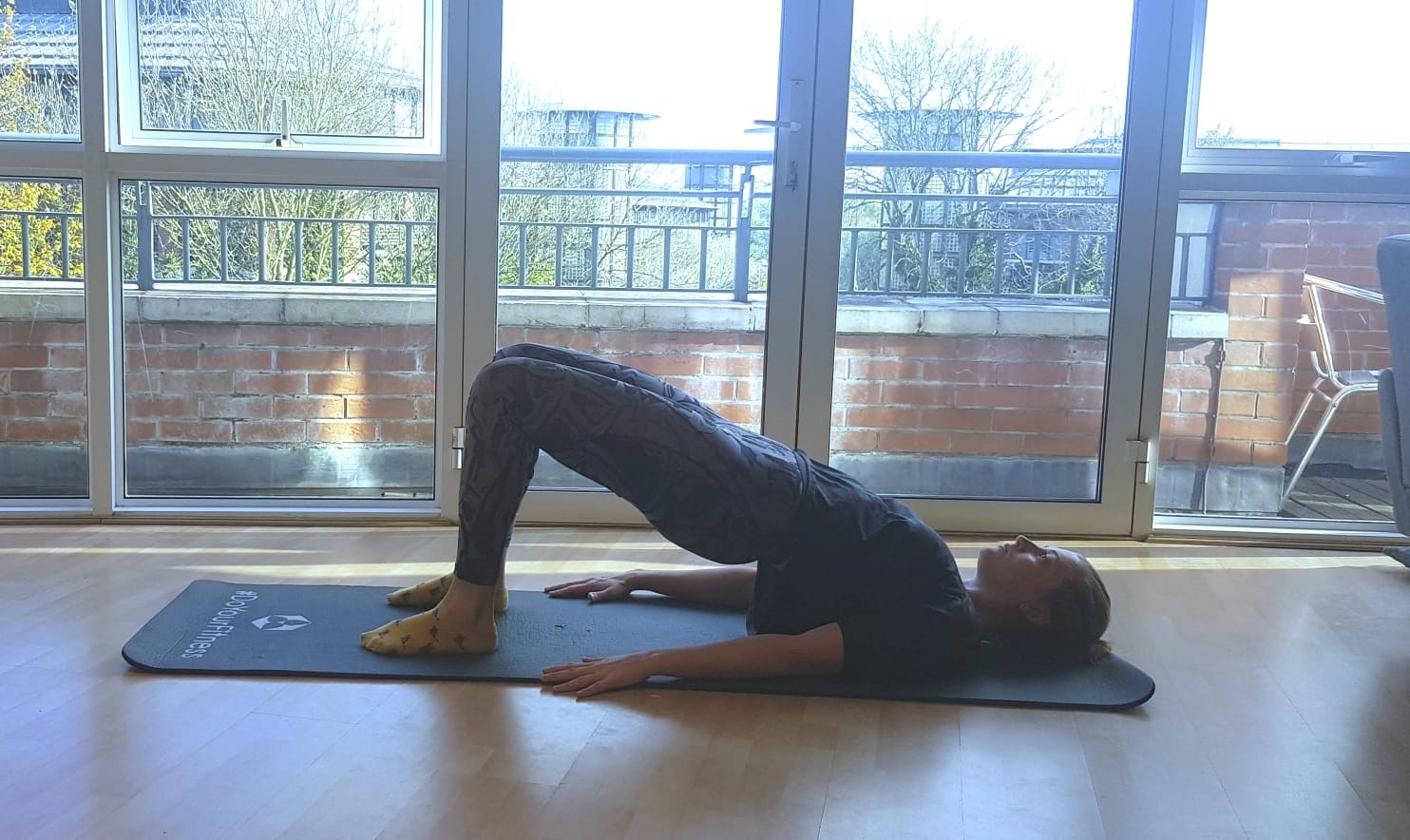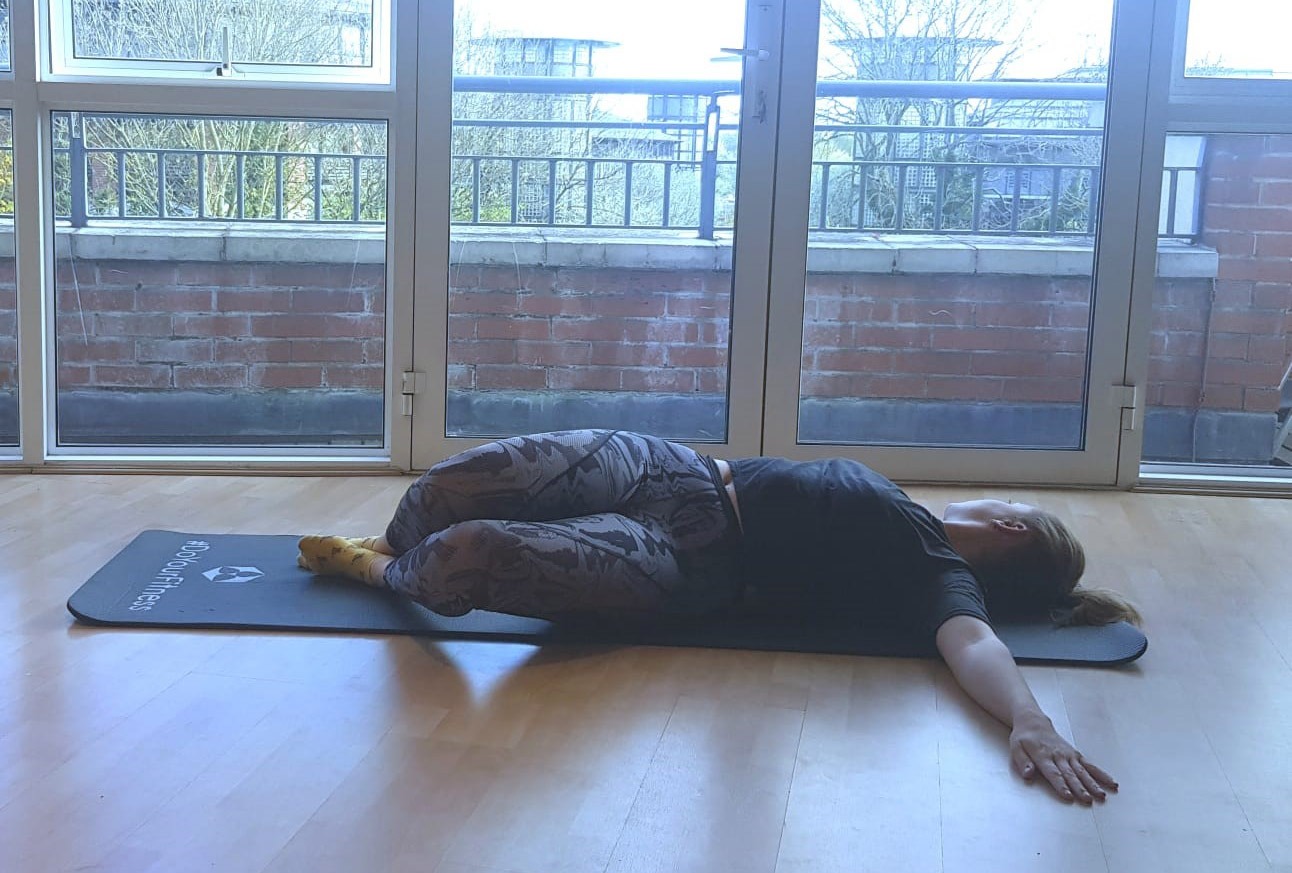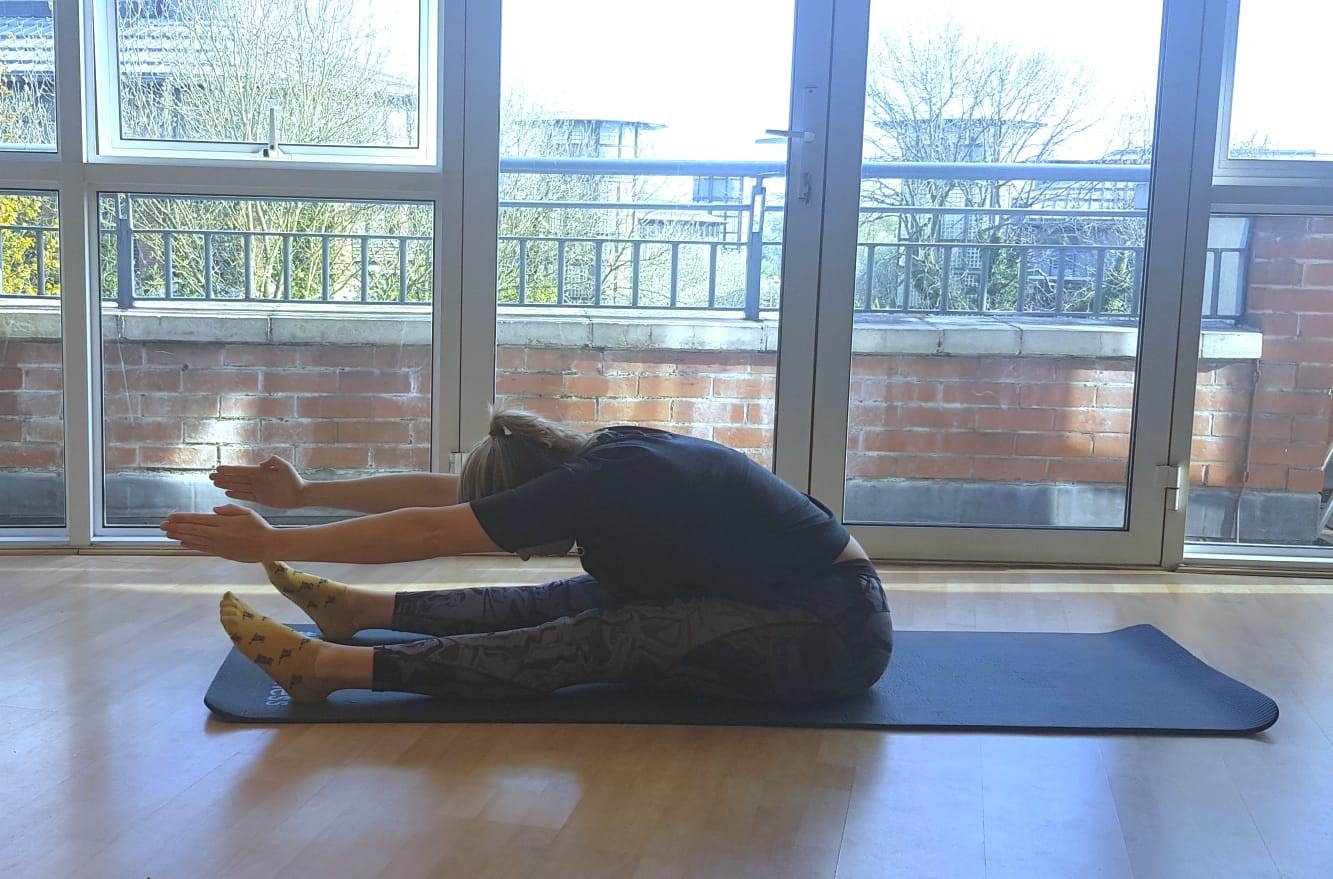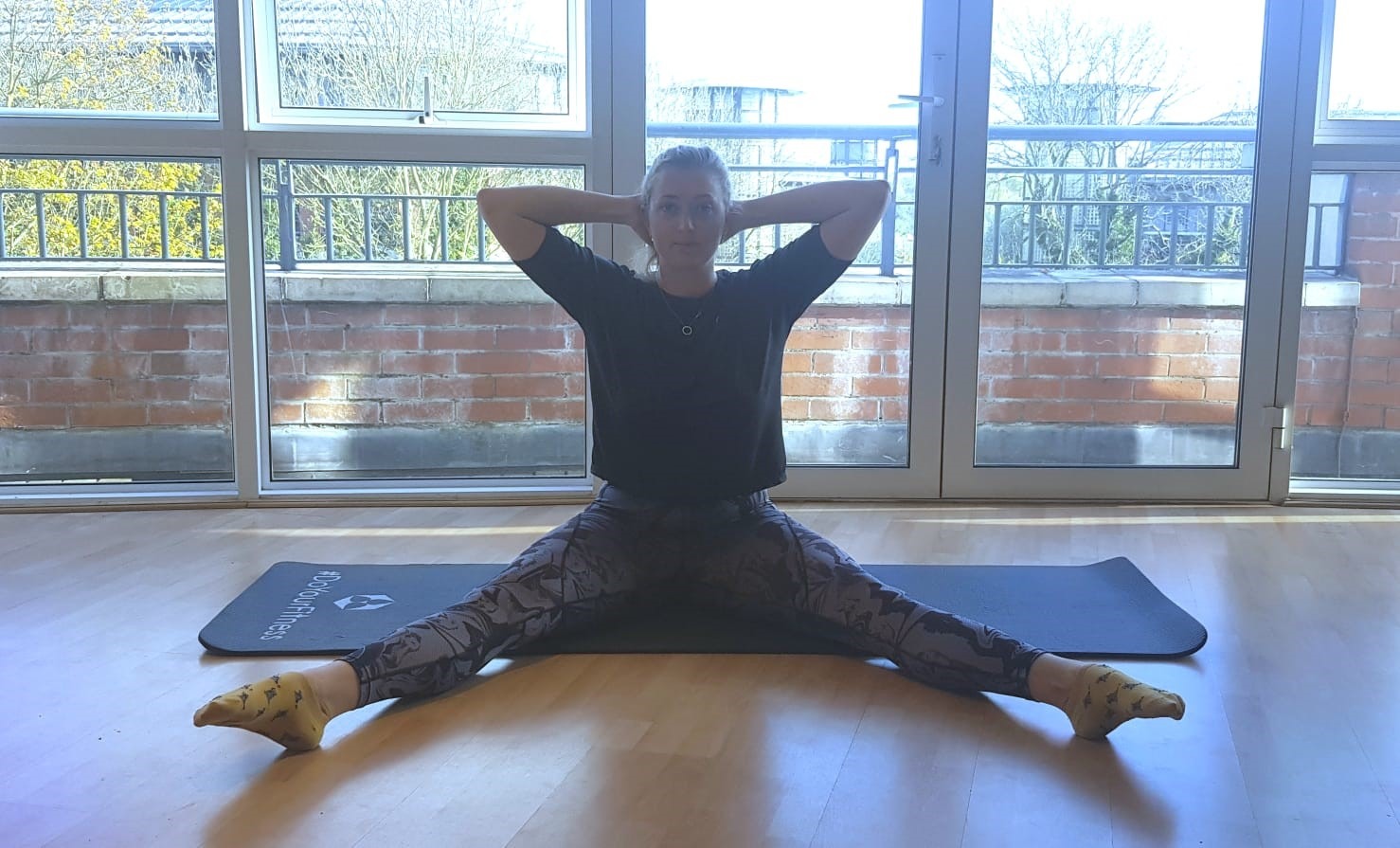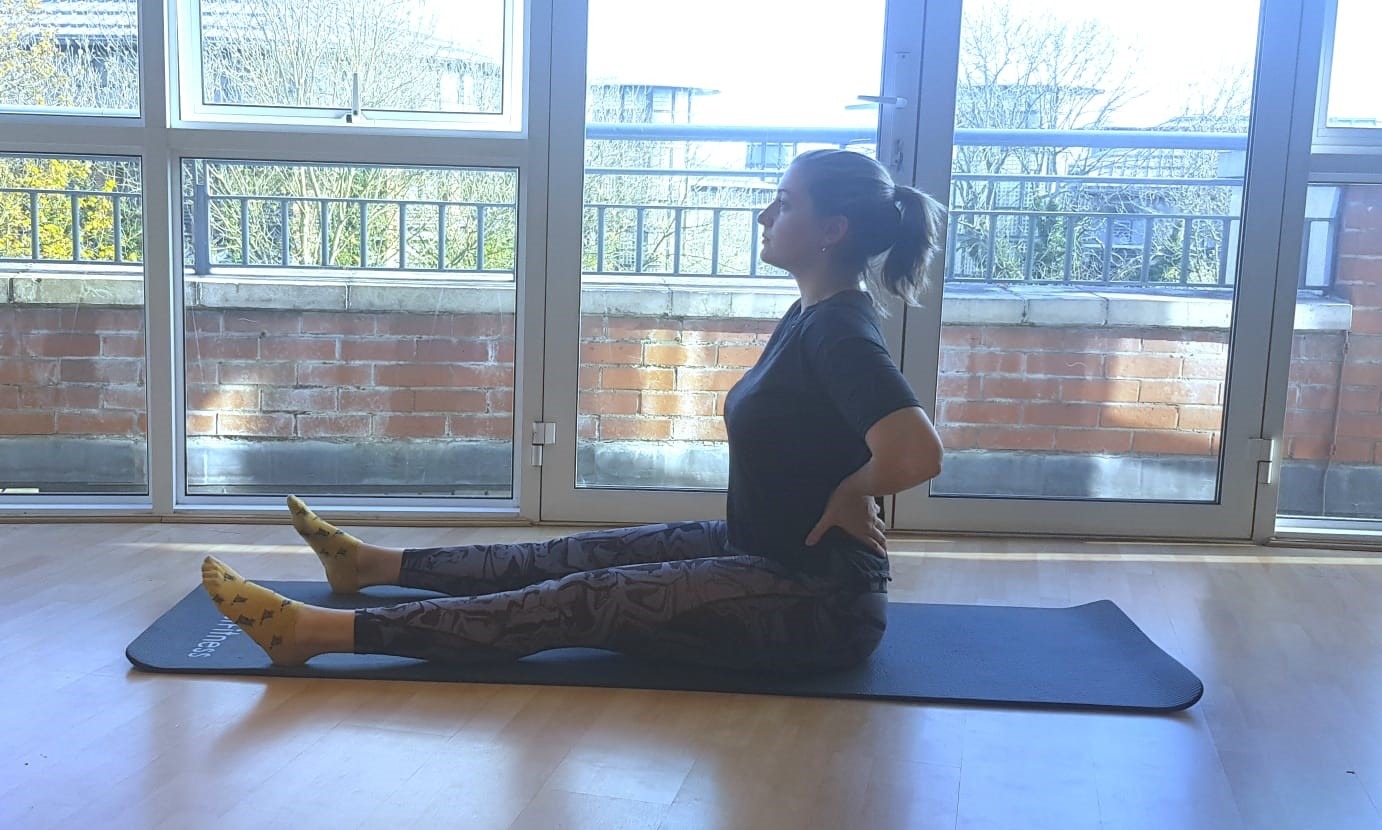Pilates Exercises to help stress & anxiety
Welcome To Chapman Physiotherapy
The Pilates method is essentially a mind-body centring technique that emphasizes the importance of beginning movement from a central core of stability, namely the lower back and pelvis. Exercises aim to strengthen, mobilise and stretch muscles to correct muscle imbalances caused by habit, posture and movement abnormalities. Often when we have a weakness in a certain area, we compensate or over-develop another area to achieve a certain functional movement. Correcting these abnormal movement patterns can achieve a greater sense of well-being, posture, confidence and even skill level within your chosen sport.
Pilates not only sculpts and changes the way your body looks and feels, it also clears your mind, giving you more space to think, inner calm and more energy. Doing breathing exercises which are one of the key principles of classical pilates, can help trigger the brain to calm down, which naturally decreases our anxiety and stress.
We hold stress in different parts of our bodies, chest & shoulders & hips. Try these basic exercises to reset, destress & relax your body.
A towel or carpet can replace a Pilates mat, couch cushions come in useful too.
To calm the mind in stressful times
1. Breathing
2. Bridge
3. Spine rotation
4. Spine stretch forward
5. Saw
a. Saw Starting Position
b. Saw
6. Lift heart up to the sky
About Chapman Physiotherapy
At Chapman Physiotherapy Ltd we pride ourselves on offering a first class physiotherapy service in South Yorkshire. Based in Doncaster, our easily accessible location provides full disabled facilities and appointments are available from early morning to late evening.




